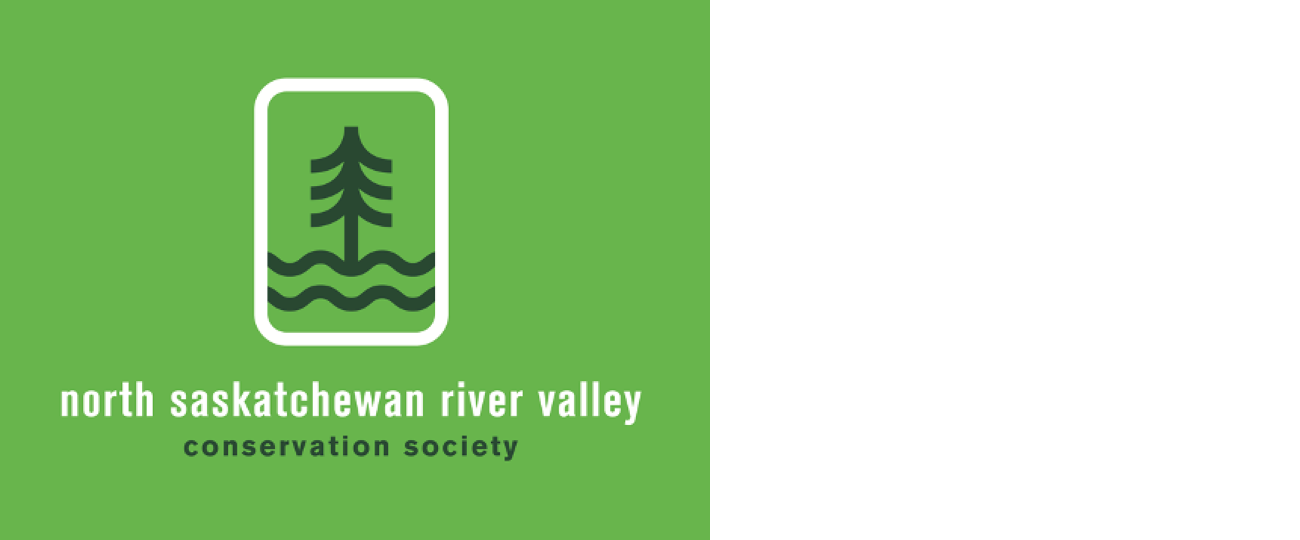How much should a tree be worth
Along a street in Edmonton, mature trees sit protected by a green fence, near the construction of a new light-rail transit line. Signs affixed to the fence show the value of the foliage: A rosybloom crabapple tree is worth $1,389, while nearby a spruce is pegged at $2,185.
These price tags are somewhat of a common practice in Canada, where an assessment formula is used to determine the monetary value of a tree in case it is damaged or killed.
But forestry and biology experts say those dollar amounts do not fully capture the environmental value of trees in an urban landscape, especially as they play an increasingly important role in helping to deal with the effects of climate change.
Some of the benefits often unaccounted for, particularly in urban centres, include the cooling effect of trees and potential energy savings, their ability to capture carbon and their role in maintaining biodiversity. Read more at https://www.cbc.ca/news/science/value-of-a-tree-environmental-climate-impact-1.6511142
2022 Canadian city parks report includes Edmonton
This fourth annual Canadian City Parks report, published by Park People, synthesizes lessons learned from the global pandemic, along with data collected from over 3,000 Canadians who participated in an online survey. Top trends this year were a continued interest in park features that support daily life, including dog walking; growing, cooking or eating food; and getting some exercise on a multi-use trail.
Edmonton was highlighted as one of 20% of cities with a biodiversity strategy, one of 53% of cities with a park system master plan updated within the last 10 years, and being above average for percentage of park washrooms that are winterized, with 83% open year-round.
Thirty cities, including Edmonton, participated in the report by providing information. You can check out key park statistics, plans and strategies, and learn more about what made the city's parks stand out this year at https://ccpr.parkpeople.ca/2022/data/cities/edmonton
Nature-based solutions for climate, biodiversity and people
Experts recently gathered to discuss how nature-based solutions can be used to tackle the twin threats of climate change and biodiversity loss. Techniques considered included forest creation or mangrove restoration, which are increasingly appearing in climate strategies.
In theory, such projects could also help to reverse the loss of wildlife, provide economic boosts to local communities and strengthen resilience against climate impacts.
But the topic can be highly contentious because of conflicting narratives around nature-based solutions. The dominant narrative, held by governments and large organisations, is to view nature-based solutions as a useful tool for leveraging nature to suit our needs.
But among Indigenous communities and non-governmental organisations, nature-based solutions are often seen as a dangerous distraction from the need to cut emissions from fossil fuel use, which can perpetuate the existing unjust status quo. More at https://www.carbonbrief.org/nature-based-solutions-how-can-they-work-for-climate-biodiversity-and-people/
Wondering where to bike, walk or take your dog this weekend
Wayne writes “I would like to clarify misunderstanding that some cyclists have regarding the two-part motion recently passed by Council addressing the use of bikes in our river valley. Councillor Cartmell clarified that, as in the past, bicycles are not permitted anywhere within a designated natural reserve which includes the Whitemud Creek Ravine. Such areas are for foot traffic only. Below is part of Cartmell's clarification:
"The motion passed a couple of weeks ago allows cycling to continue where it has generally been permitted since 1992. With respect to mountain bikes, the motion allows mountain bikes to continue to use established trails, generally trails that have formed an accepted mountain biking network. The motion does NOT allow for new trails to be developed, and does NOT allow for trails to be developed in the Whitemud Creek Ravine. This area is and remains a protected natural reserve."
While most riders are respectful, some mistakenly believe the motion opened the entire river valley to bike riding everywhere. A great many folks with mobility limitations, the elderly, nature enthusiasts and those with young children in strollers, come to areas like Whitemud natural reserve to be able to wander along the trails freely and safely at their own pace.”
Comment or contribution
Please note that articles may not reflect the position of NSRVCS. River Valley News is meant to be a clearinghouse for the wide variety of opinions and ideas about Edmonton’s River Valley.
If you have a comment, concern, or question, contact us at nsrivervalley@gmail.com Please email us river valley photos or event information. Your friends, neighbours and colleagues can sign up for this newsletter on our web site https://www.edmontonrivervalley.org/
Sincerely yours,
Harvey Voogd
North Saskatchewan River Valley Conservation Society
780.691.1712















